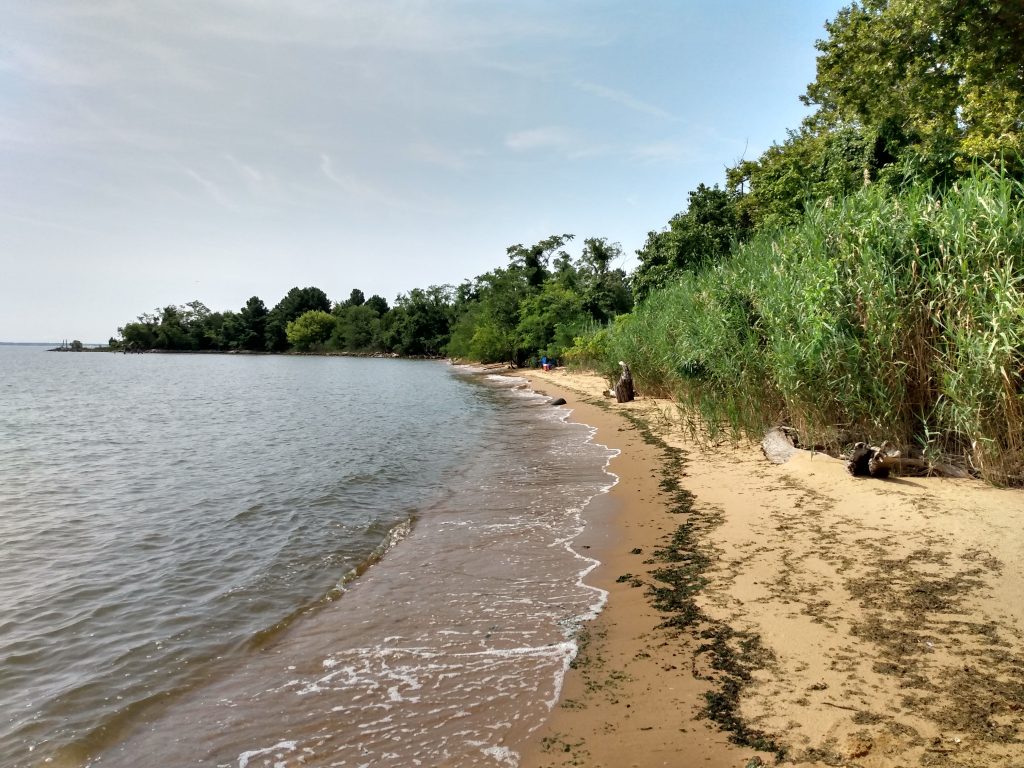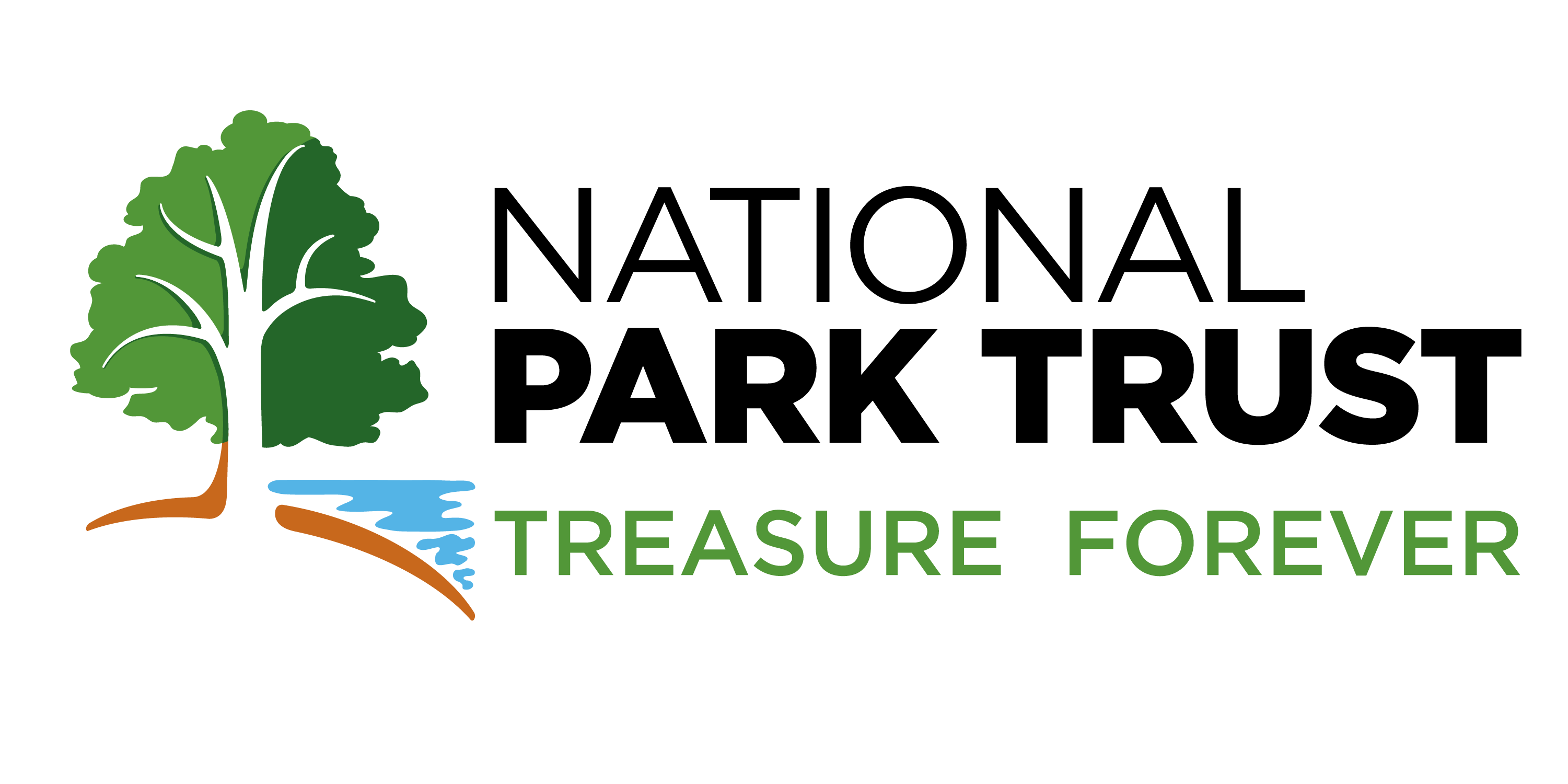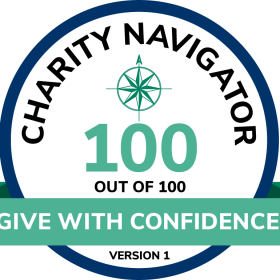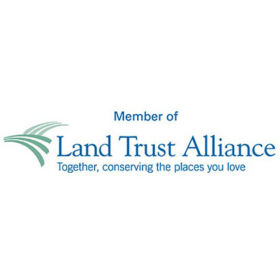Holly Beach Farm is roughly the size of the National Mall in Washington, DC. It is a garden of saltwater shorelines and freshwater ponds, Chesapeake marshes and coves, coastal woodlands, and wide Bay views. Two important charities, The Conservation Fund and the Chesapeake Bay Foundation saved it from development in 2001, acquiring the property with nearly $8 million in public, state, and federal funds. National Park Trust is grateful to these organizations and others for involving us in envisioning a long-term better future for Holly Beach Farm. Most important is the concept of increasing its quiet park-like accessibility to others while avoiding adverse impacts of crowding, traffic, or neighborhood disruption.
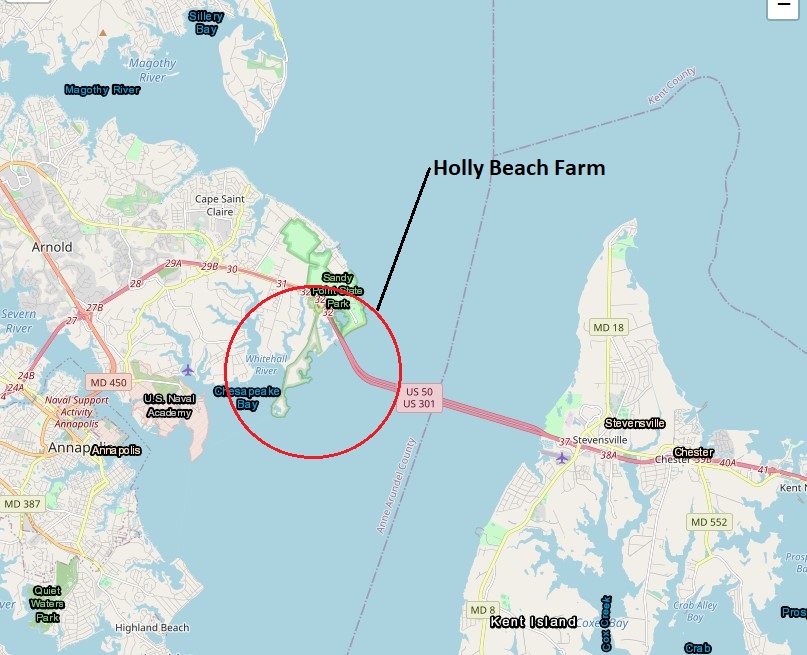
Ninety-eight percent of the Chesapeake’s shorelines are in private ownership, so few members of the public have the opportunity to hike through its coastal woodlands, experience its marshes and coves, and appreciate the Chesapeake in the same way as waterfront landowners can. Holly Beach Farm could offer an opportunity for people to appreciate a natural and cultural landscape representing an authentic Chesapeake experience.
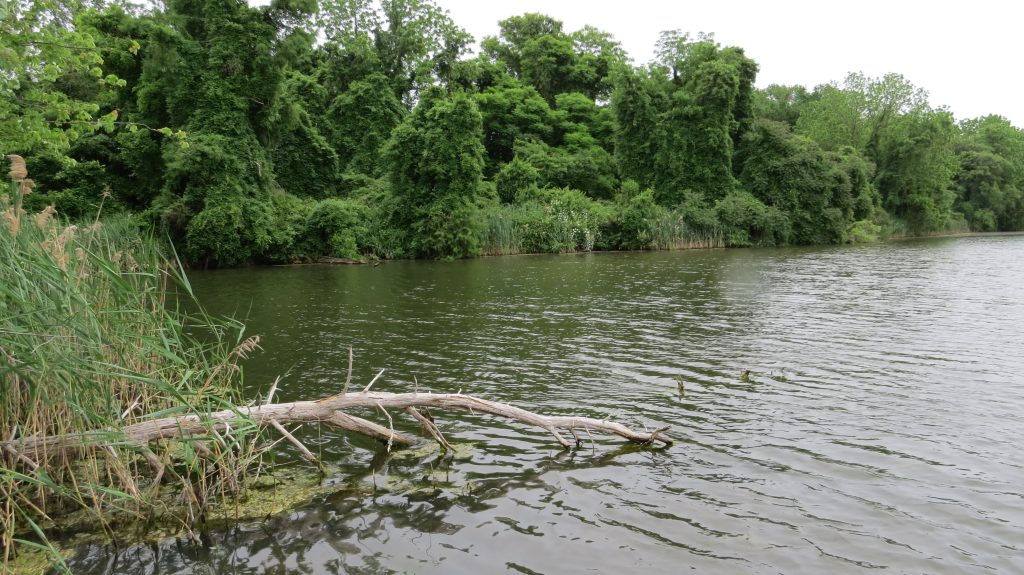
National Park Trust hopes Holly Beach Farm can be one of several “pearls” in a necklace of jewel properties that will one day become the Chesapeake National Recreation Area (CNRA). It would be consistent with the terms of the agreements between the federal government and the State of Maryland that allowed the use of public funds for the purchase. CNRA would be a new unit of the National Park System consisting of unique and thematically significant land locations (such as Burtis House in Annapolis, Maryland, and the recreational beaches at Fort Monroe in Hampton, Virginia) within areas that are geographically, ecologically, and culturally part of the Chesapeake.
The establishment of a new Chesapeake National Recreation Area would focus national attention on the Chesapeake Bay as the country’s largest estuary. And, in fulfillment of the terms of the National Park Service’s 2001 acquisition funding grant, including Holly Beach Farm as part of or a partner with the CNRA would promote agreed upon uses of passive appreciation of the land and viewshed by visitors, along with education and interpretation of environmental, historical, and cultural resources.
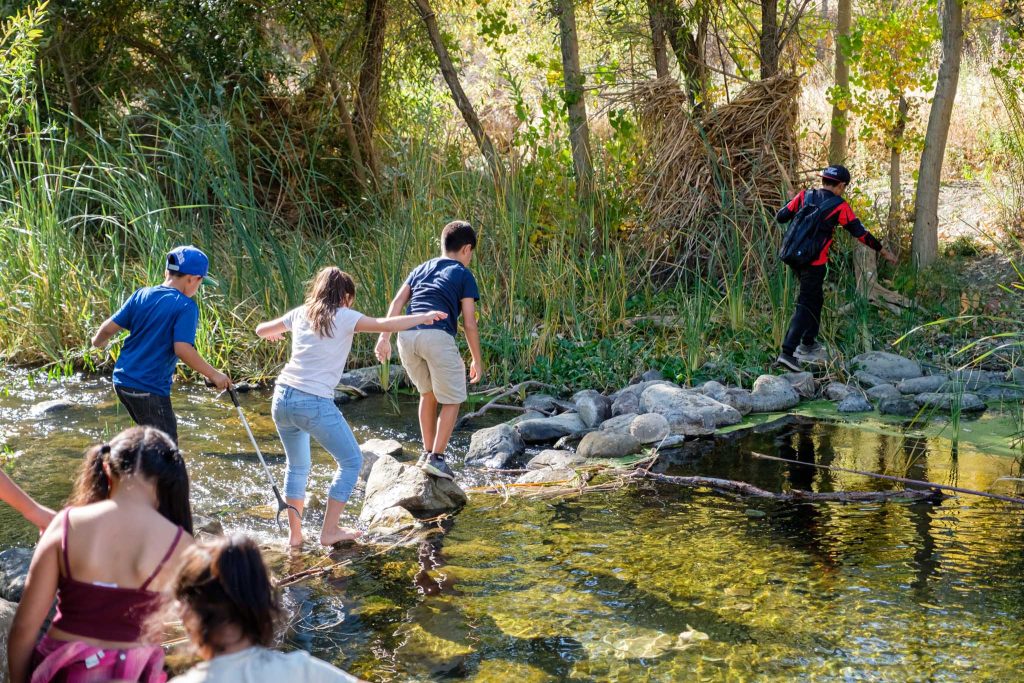
Holly Beach Farm’s woodlands, ponds, marshlands, and coves are currently not readily or safely accessible other than by special vehicles. Invasive species and other natural or man-made intrusions to the locations could be removed, relocated, or controlled so that these areas once again appear pristine. Shoreline stabilization, culturally significant building losses, invasive species, and other urgent current needs are threats to the land that must be addressed and remedied. Working closely with the existing ownership, donors, the National Park Service, and other keenly interested state and local agencies, especially the Maryland Department of Natural Resources and the Anne Arundel County Government is the key to success in preserving Holly Beach Farm for future generations.
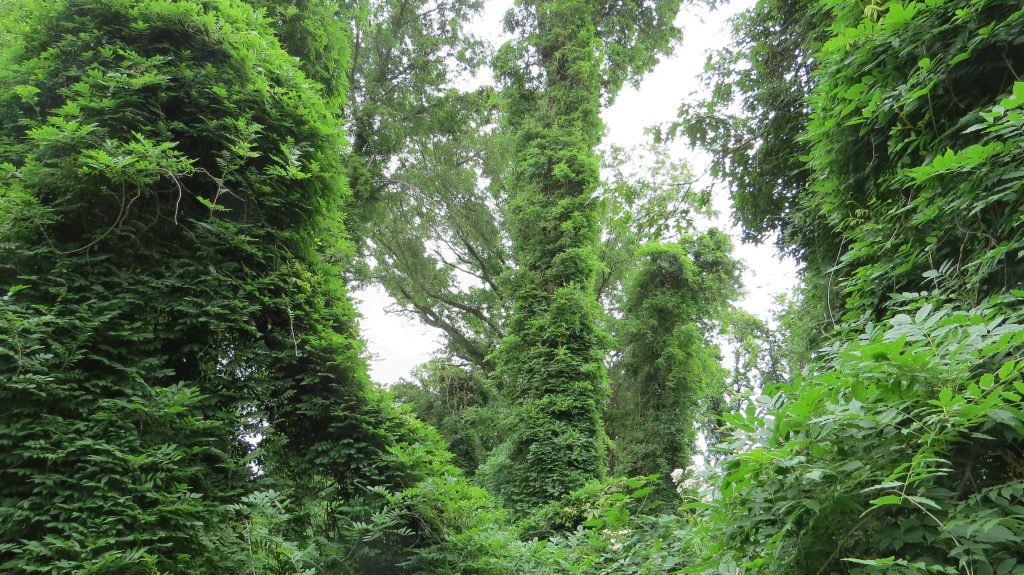
National Park Trust envisions Holly Beach Farm as offering an immersive park experience, where visitors can visit by boat or walk the length of the park through woodlands and marsh. Through a new series of trails and park landscape planning and architecture, visitors could walk easily to these special natural areas and have demarcated locations and structures from which to enjoy them.

Holly Beach Farm Road is currently used mainly by neighbors and runs along the western edge of Holly Beach Farm. Although it is beautiful, dense woodlands separate this road from much of Holly Beach Farm itself and prevent it from offering visitors a sense of being in and on Holly Beach Farm, as opposed to a sense of intruding upon neighbors who live close by.
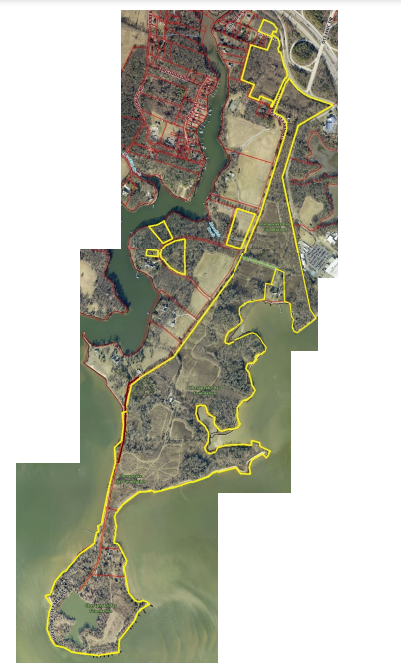
Instead, National Park Trust proposes public visitor access to Holly Beach Farm mainly by foot and boat. As a part of a Chesapeake National Recreation Area allowing others to hike and appreciate the quiet natural beauty of the Bay, and in order to preserve that beauty and the ecological resources that contribute to it, admissions to Holly Beach Farm would likely need to be limited. Excessive visitors would harm the resources and spoil the experience. From existing parking at Sandy Point State Park, those visitors could transit by tram to a Holly Beach Farm trailhead. Along with any side trails, the main footpath through Holly Beach Farm could run south on a route close to the marshlands, ponds, coves, and Bay views that offer the purest park experiences, while concentrating use away from neighboring properties. A water-based shuttle could run from the Annapolis historic waterfront at the Burtis House, to existing dock locations at Holly Beach Farm.
